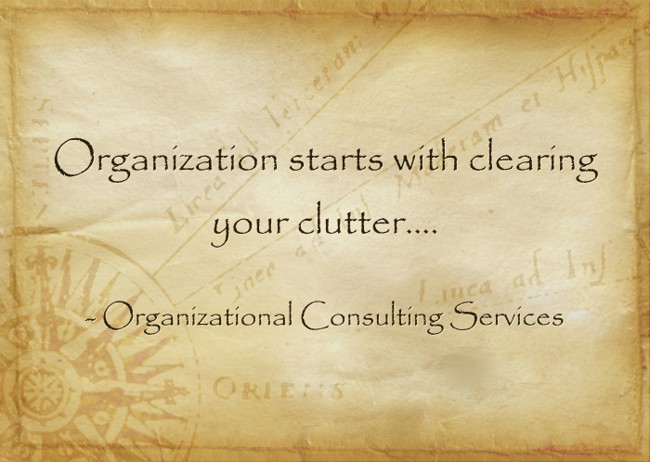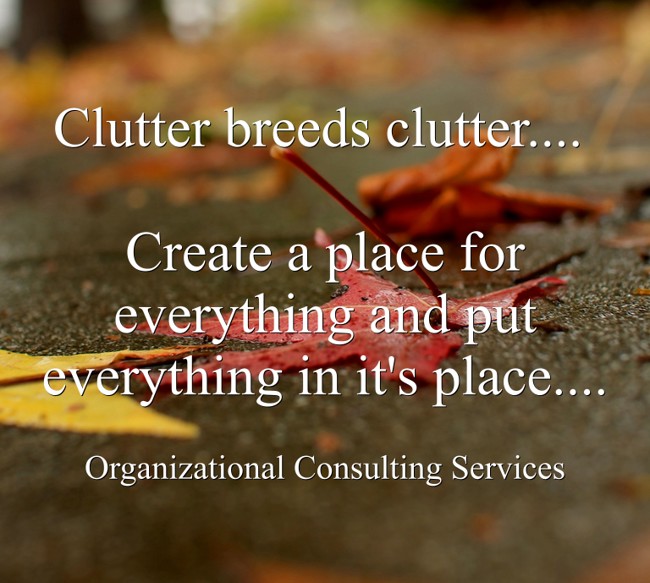Hoarding is a complex issue. The word is used quite loosely these days. But there is a difference between people with chronic disorganization and hoarding issues.
People that are chronically disorganized are not necessarily hoarders.
Professional Organizers that work with people with hoarding issues use a variety of tools to help them determine the severity of the situation and to make sure that all of the people involved with working with these individuals are on the same page.
Chronic Disorganization:
- Chronic disorganization is having a past history of disorganization in which self-help efforts to change have failed
- an undermining of current quality of life due to disorganization
- the expectation of future disorganization
DSM-5 definition of clinical hoarding:
Hoarding:
- Persistent difficulty discarding or parting with possessions, regardless of their actual value.
- This difficulty is due to a perceived need to save the items and distress associated with discarding them.
- The difficulty discarding possessions results in the accumulation of possessions that congest and clutter active living areas and substantially compromises their intended use. If living areas are uncluttered, it is only because of the interventions of third parties (e.g., family members, cleaners, authorities).
- The hoarding causes clinically significant distress or impairment in social, occupational, or other important areas of functioning (including maintaining a safe environment for self and others).
- The hoarding is not attributable to another medical condition (e.g., brain injury, cerebrovascular disease, Prader-Willi Syndrome).
- The hoarding symptoms is not better accounted for by the symptoms of another DSM-5 disorder (e.g., obsessions in obsessive-compulsive disorder, decreased energy in major depressive disorder, delusions in schizophrenia or another psychotic disorder, cognitive deficits in major neurocognitive disorder, restricted interests in autism spectrum disorder).
Specify if:
- With Excessive Acquisition: If difficulty discarding possessions is accompanied by excessive acquisition of items that are not needed or for which there is no available space.
- With good or fair insight: The individual recognizes that hoarding-related beliefs and behaviors (pertaining to difficulty discarding items, clutter, or excessive acquisition) are problematic.
- With poor insight: The individual is mostly convinced that hoarding-related beliefs and behaviors (pertaining to difficulty discarding items, clutter, or excessive acquisition) are not problematic despite evidence to the contrary.
- With absent Insight (i.e. delusional beliefs about hoarding): The individual is completely convinced that hoarding-related beliefs and behaviors (pertaining to difficulty discarding items, clutter, or excessive acquisition) are not problematic despite evidence to the contrary.
Less Clutter = Less Stress SM in your home, your business and your life
Organizational Consulting Services
http://www.organizationalconsultingservices.com





